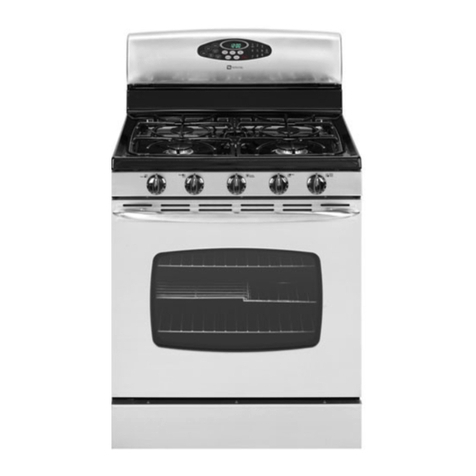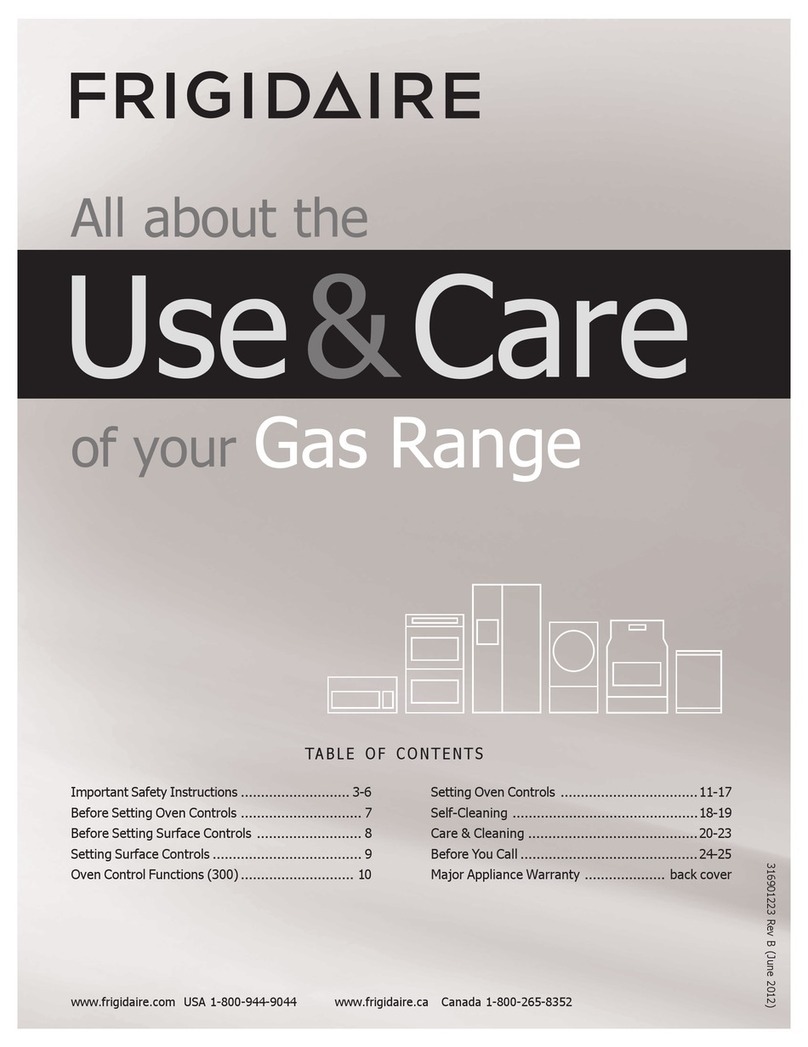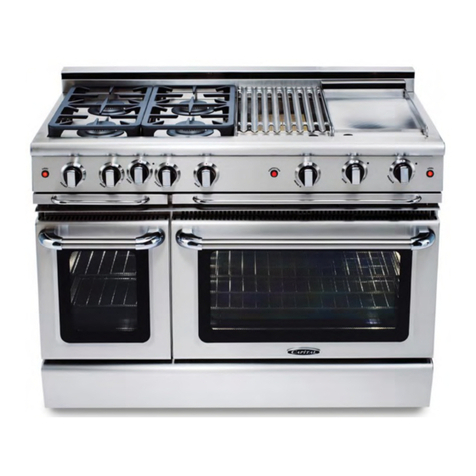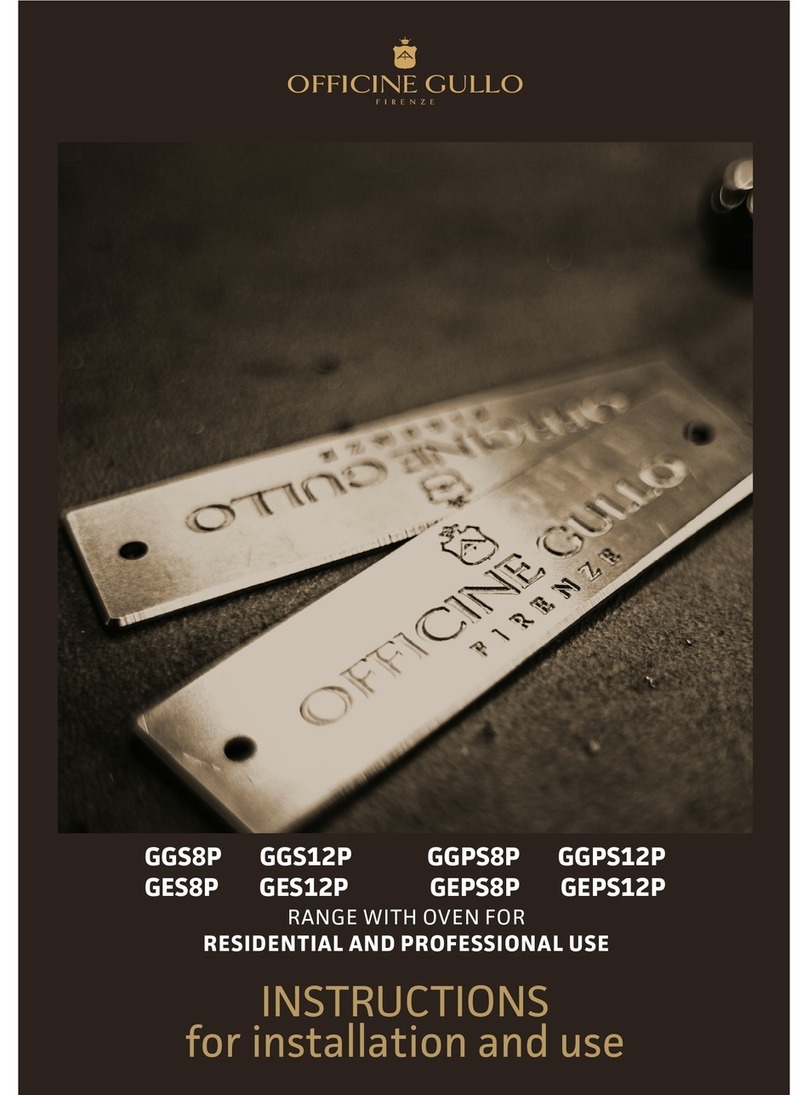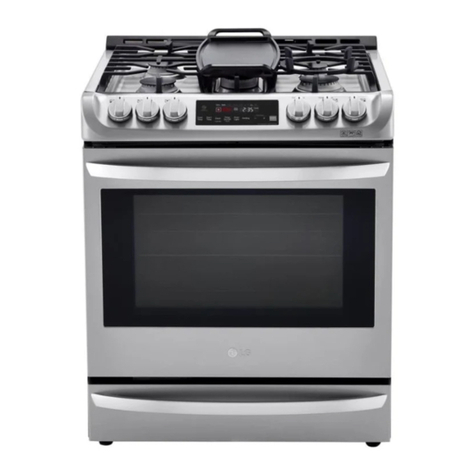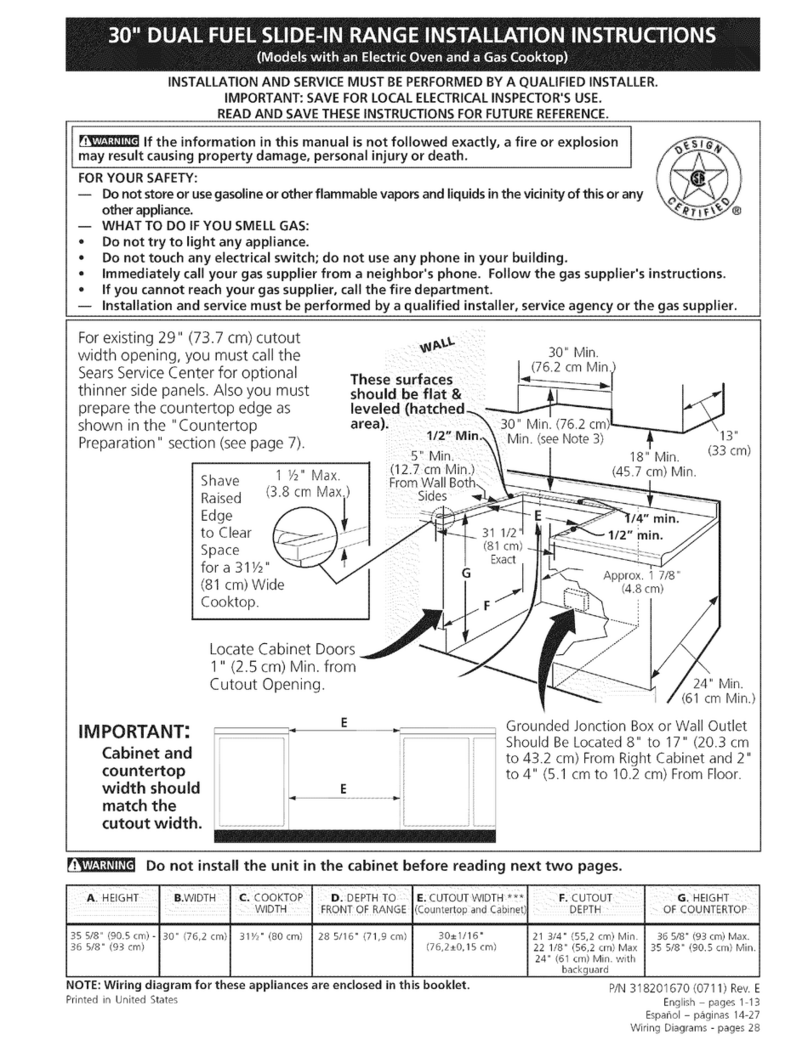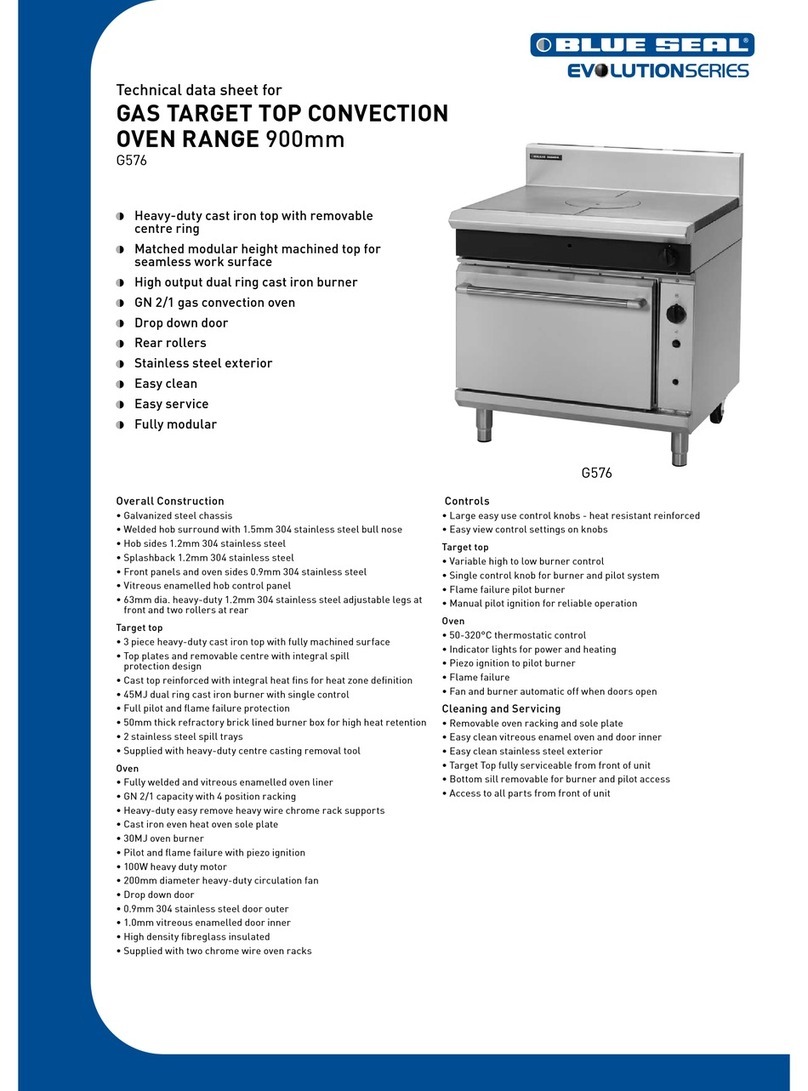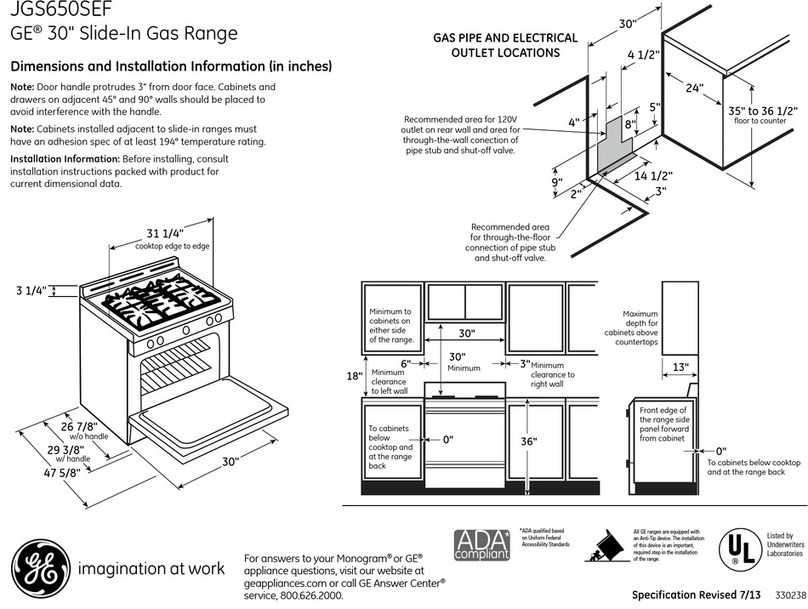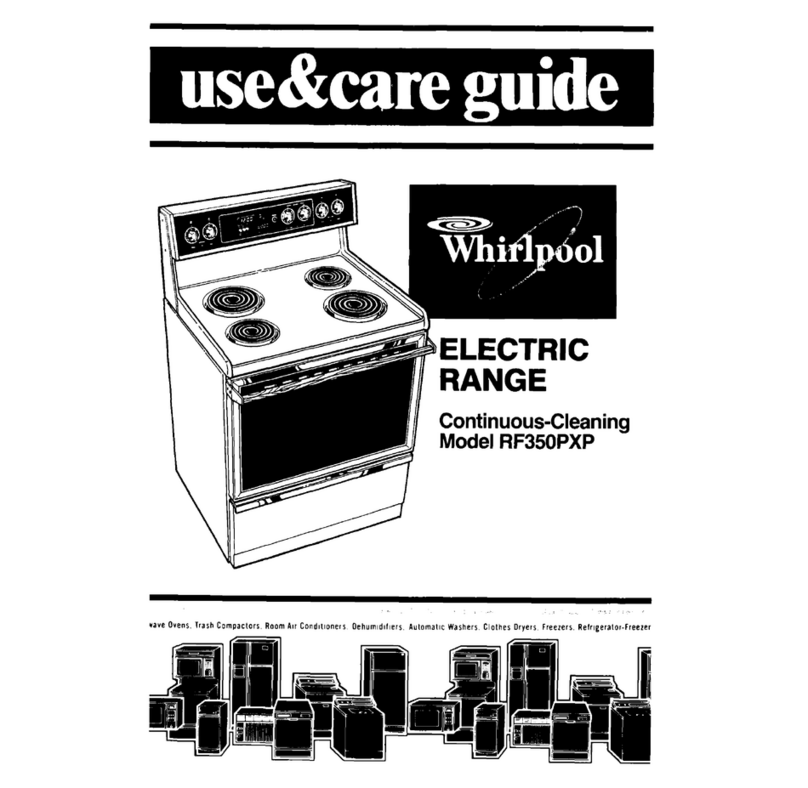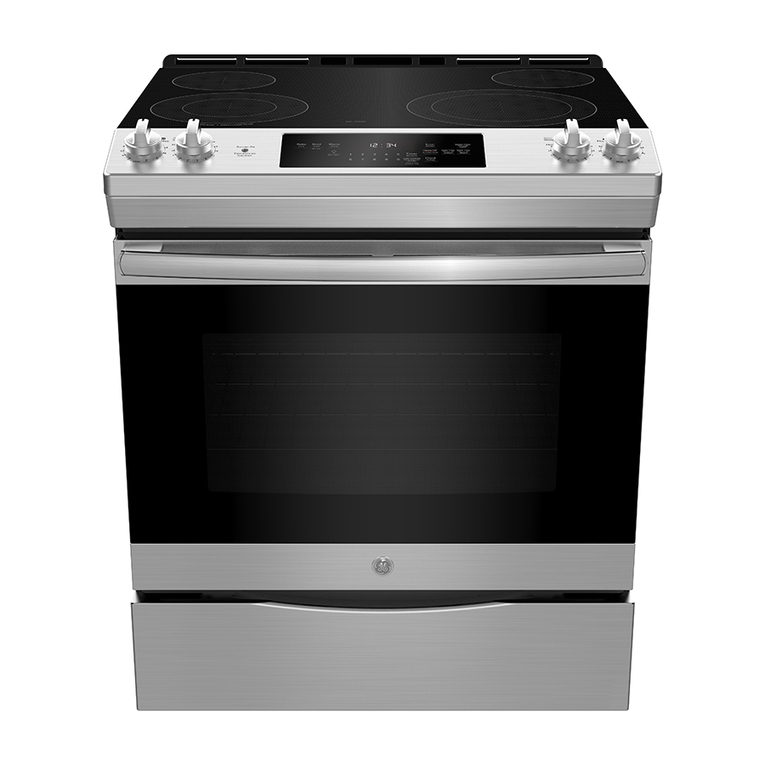OPERATING AND INSTALLATION –MAY 2012 WWW.JSI-UK.COM Page 3 of 12
Your New Product
Congratulations on buying this new, high quality equipment. Please read this Installation and User
Manual fully before assembly and installation. Please note that this product comprises of a
sophisticated piece of electronic control equipment and under no circumstances must the product
be dismantled or repaired by non-approved engineers.
Please unpack this product and check for any damage. In the unlikely event of damage resulting
from transportation, please notify the vendor immediately. No damages can be accepted after 48
hours after the delivery date.
This hob is manufactured for domestic use only and with normal use and maintenance will provide
years of fault free use as it is manufactured using the highest standard of components selected for
long life use. It is for use in installations which comply with the latest gas regulations. Please note
that if the appliance is to be used with LPG then different regulations may apply but in all cases and
without exception, a registered “gassafe” engineer must install, repair or service the appliance in
accordance with current UK regulations.
Your hob is controlled by a PC5F-XX1 control circuit which in turn, controls 5 Brahma VPC01 gas
valves. There is a 7 segment display and a user interface.
For your safety and ongoing reliability, this product is manufactured using the world famous Schott
Glass and the Italian Sabaf burners both of which are acknowledged as the some of the world’s
most reliable materials and components. The installation should only be done by qualified engineers
and this is not a DIY product.
Packaging
Most of the packaging materials used can be recycled and are environmentally friendly. Please
dispose of all cardboard packaging as soon as possible in an approved disposal collection or
depository.
Any plastic film, plastic wrapping and polystyrene must be kept out of reach of babies and young
children at all times and babies risk suffocation if packaging is not disposed of immediately.
Please dispose of all materials responsibly and with due regard to the environment.
JSI-UK Environmental Responsibility –Disposal of Old Appliances
With effect from July 1st 2007 all disposal of appliances is covered by the European
Parliament and Council Directive on Waste Electrical and Electronic equipment
(2002/96/EC) (The “WEEE Directive”) and the subsequent European Parliament and
Council Directive 2003/108/EC that amended the WEEE Directive.
As a result, JSI-UK pay a proportion of the purchase cost to ensure that collection of
the equivalent weight of household appliances are disposed in accordance with these
regulations when purchased through a retailer or trade supplier.
JSI-UK is a member of the EXEL Europe WEEE compliance scheme and take great responsibly for
the environmental impact that uncontrolled disposal causes. Additionally JSI-UK is registered with
the Government agency VALPAKs’ “Distributor Take Back”scheme and contributes financially to
the operation and development of approximately 1000 civic amenity sites upgraded to DCF
standard in order that you may return your old appliance safely and with minimal environmental
impact.
Please dispose of your old appliance through any of the United Kingdoms’ designated civic amenity
sites that have been classified as having Designation Collection Facilities (DCFs).
For further details on the Distributor Take Back scheme (DTS), the registration details of the JSI
schemes and locations of approved civic amenity sites please go to www.jsi-uk and www.recycle-
more.com
You must not dispose of your old appliance with your household waste.
